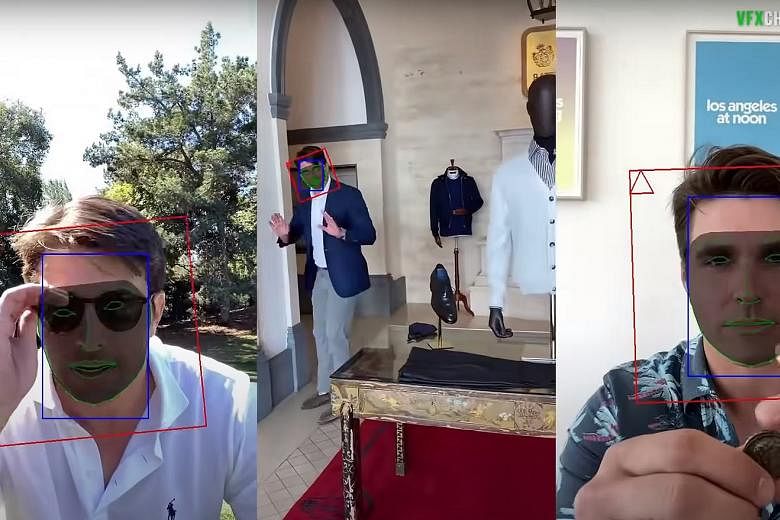(NYTIMES) - To those fearful of a future in which videos of real people are indistinguishable from computer-generated forgeries, two recent developments that attracted an audience of millions might have seemed alarming.
First, a visual effects artist worked with a Tom Cruise impersonator to create startlingly accurate videos imitating the actor. The videos, created with the help of machine learning techniques and known as deepfakes, gained millions of views on TikTok, Twitter and other social networks late last month. Then, days later, MyHeritage, a genealogy website, offered a tool to digitally animate old photographs of loved ones, creating a short, looping video in which people can be seen moving their heads and even smiling. More than 26 million images had been animated using the tool, called Deep Nostalgia, as at Monday, the company said.
Already a subscriber? Log in
Read the full story and more at $9.90/month
Get exclusive reports and insights with more than 500 subscriber-only articles every month
ST One Digital
$9.90/month
No contract
ST app access on 1 mobile device
Unlock these benefits
All subscriber-only content on ST app and straitstimes.com
Easy access any time via ST app on 1 mobile device
E-paper with 2-week archive so you won't miss out on content that matters to you

